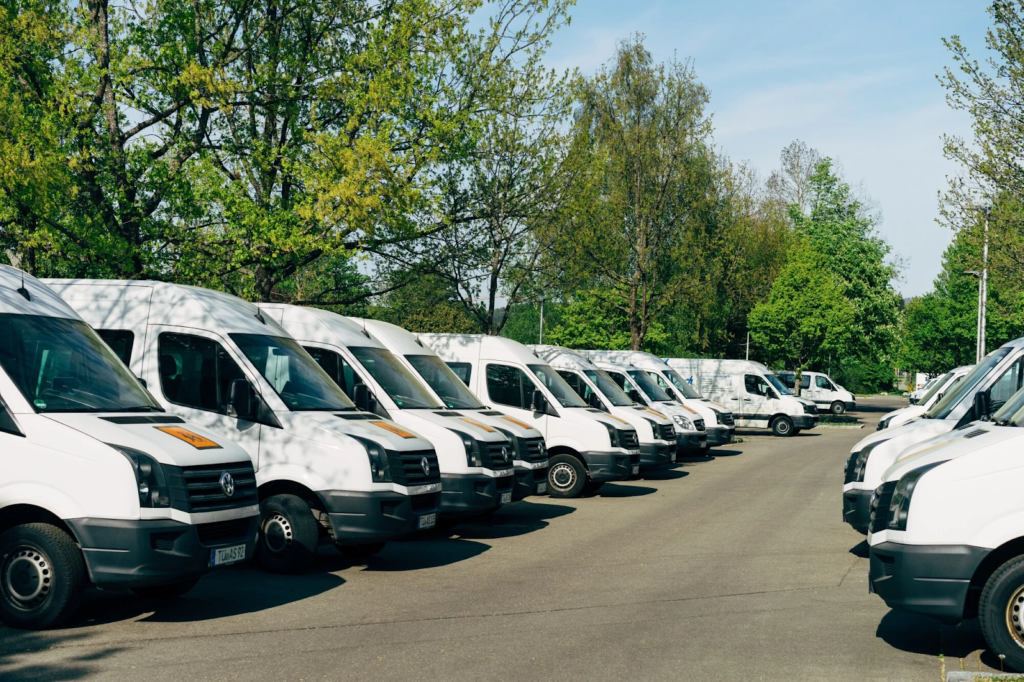In the bustling world of commercial operations, maintaining fleet safety is paramount. If your business relies on a fleet of vehicles, ensuring their safety isn’t just about compliance—it’s about protecting your assets, your employees, and the public. This blog post dives deep into what fleet safety entails, common challenges faced, and practical solutions to keep your vehicles and drivers secure. From understanding regulations to leveraging the power of data, we’ve got you covered.
Understanding Fleet Safety
Fleet safety encompasses a set of principles and regulations designed to ensure the well-being of drivers, vehicles, and other road users. It involves adhering to legal standards, implementing best practices, and fostering a culture of safety within the organization.
One key principle of fleet safety is compliance with regulations. These can vary by region but generally include vehicle maintenance standards, a driver’s working hours, and load-securing protocols. Ignoring these regulations can not only result in hefty fines but also endanger lives.
Another critical aspect is the adoption of fleet safety policies. This involves creating comprehensive guidelines that cover everything from regular vehicle checks to driver behavior monitoring. A well-drafted policy sets the stage for a safer fleet.
Of course, fostering a safety-first mindset among drivers and management is another vital thing to do. When everyone in the organisation prioritises safety, the likelihood of incidents decreases significantly. Regular training sessions and safety meetings can reinforce this mindset.
Common Fleet Safety Challenges
Maintaining fleet safety means no walking in the park. Several challenges can hinder efforts to keep commercial vehicles street-safe, but identifying these issues is the first step towards mitigating them.
One prevalent challenge is driver fatigue. Long working hours and tight schedules can lead to exhausted drivers, increasing the risk of accidents. Implementing strict rest periods and monitoring driver hours can help tackle this issue.
Another common problem is vehicle maintenance. Commercial vehicles cover vast distances, making them more prone to wear and tear. Regular inspections and timely repairs are crucial to prevent breakdowns and ensure safety.
Lastly, managing driver behaviour is a significant challenge. Speeding, aggressive driving, and distracted driving are all behaviours that can jeopardise fleet safety. Using telematics and driver monitoring systems can help identify and correct these behaviours.
Solutions for Enhancing Fleet Safety
Enhancing fleet safety requires a multifaceted approach involving practical tips and modern technologies. Here are some effective strategies to consider.
Firstly, implementing a robust maintenance schedule is essential. Regular vehicle checks, oil changes, and tire inspections can prevent breakdowns and extend the lifespan of your fleet. Ensure that maintenance records are meticulously kept and reviewed periodically.
Secondly, investing in advanced safety technologies can make a significant difference. Features like collision avoidance systems, lane departure warnings, and blind-spot monitoring can help prevent accidents. Equipping your fleet with these technologies is an investment in safety.
Finally, promoting safe driving habits through incentive programmes can be highly effective. Reward drivers who demonstrate consistent safe driving practices with bonuses or other perks. This not only encourages safe behaviour but also boosts morale.
The Role of Driver Training
Driver training plays a pivotal role in fleet safety. It ensures that drivers are well-equipped to handle their vehicles safely and respond effectively to potential hazards.
Comprehensive training programmes should cover various aspects, including defensive driving techniques, vehicle handling, and emergency procedures. Providing refresher courses periodically can help drivers stay updated with the latest safety practices.
Additionally, incorporating simulator training can be incredibly beneficial. Simulators allow drivers to experience and react to hazardous situations in a controlled environment. This hands-on experience can significantly improve their ability to handle real-life scenarios.
Lastly, fostering a culture of continuous learning is crucial. Encourage drivers to share their experiences and learn from one another. Regular workshops and safety briefings can facilitate this exchange of knowledge.
Regular Fleet Safety Audits
Conducting regular fleet safety audits is crucial for identifying potential risks and ensuring compliance with safety standards. These audits provide valuable insights into the overall safety performance of your fleet. However, keep in mind you have to have an operators licence to even be able to legally have your fleet operating. That way, you can transport your goods without any problems.
Begin by developing a comprehensive audit checklist that covers all aspects of fleet safety, including vehicle condition, driver behaviour, and compliance with regulations. This checklist will serve as a guide during the audit process.
During the audit, conduct thorough inspections of vehicles, review maintenance records, and assess driver logs. Look for any deviations from safety standards and document your findings meticulously. Use this information to make informed decisions about necessary improvements.
Following the audit, develop an action plan to address any identified issues. Prioritise high-risk areas and set deadlines for implementing corrective measures. Regular follow-up audits will help ensure that these improvements are maintained over time.
The Power of Data in Fleet Safety
In today’s digital age, data is a powerful tool for enhancing fleet safety. Leveraging telematics and analytics can provide valuable insights and help you make informed decisions to improve safety.
Telematics systems collect data on various aspects of fleet operations, such as vehicle speed, braking patterns, and fuel consumption. By analysing this data, you can identify risky behaviours and take proactive measures to address them.
Analytics can also help optimise routes and schedules, reducing the likelihood of driver fatigue and improving overall efficiency. Real-time monitoring of vehicle locations and conditions allows for timely interventions in case of emergencies.
Furthermore, data-driven reports provide a clear picture of your fleet’s safety performance. Use these reports to track progress, identify trends, and make data-backed decisions to enhance safety.
Ensuring the safety of your commercial fleet is an ongoing process that requires attention to detail and a commitment to continuous improvement. By understanding the key principles of fleet safety, addressing common challenges, and implementing practical solutions, you can create a safer environment for your drivers and protect your valuable assets.
The role of driver training, regular safety audits, and the power of data cannot be overstated. These elements are crucial for maintaining a high standard of safety and staying ahead of potential risks. Investing in advanced safety technologies and fostering a culture of safety within your organisation will yield long-term benefits.
Remember, the safety of your fleet is not just a regulatory requirement—it’s a responsibility that impacts your business’s reputation and bottom line. Take the necessary steps today to ensure your commercial fleet remains safe on the streets.






